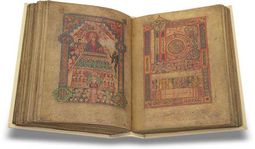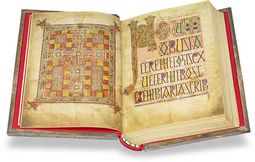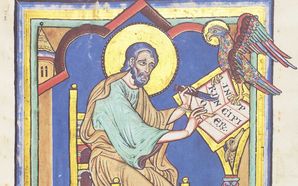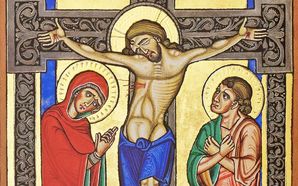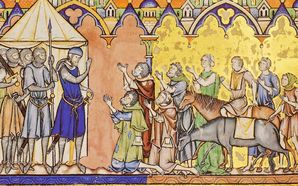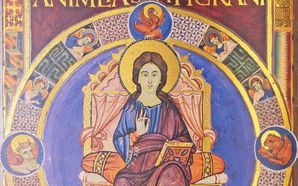Insular Illumination
Insular illumination simultaneously represents one of the earliest, most refined, and most influential artistic movements of the Middle Ages. Experiencing its heyday between the 6th and 9th centuries, it was a blend of Celtic Irish, Germanic Anglo-Saxon, and classical artistic traditions from Late Antiquity that were brought to the British Isles by missionaries from Rome.
Its most identifiable aesthetic was the extensive use of interlace, sometimes called Celtic knots, although largely originating from the fine metalwork of the Anglo-Saxons. They reflect the "horror vacui", the fear of the empty space in which the Devil could settle. Detailed initials (arguably the first), frames, and carpet pages are also hallmarks of Insular illumination, as are zoomorphic motifs, which combine animal figures into the interlace. Figural depictions are more schematic and representational, clearly drawing from classical forms.
After missionaries like St. Patrick brought the Christian faith to the British Isles and thus unconsciously saved the Latin language, monks later went back to the mainland from there and founded monasteries, such as St. Willibrord in Echternach. The influence of the insular culture reached its peak with Alcuin, the advisor of Emperor Charlemagne, although the achievements of book illumination (such as full-page initials) have shaped European book art for centuries. Finally, the modification of the majuscule Latin script with various flourishes by Celtic scribes helped lay the foundation of our modern alphabet.
Demonstration of a Sample Page
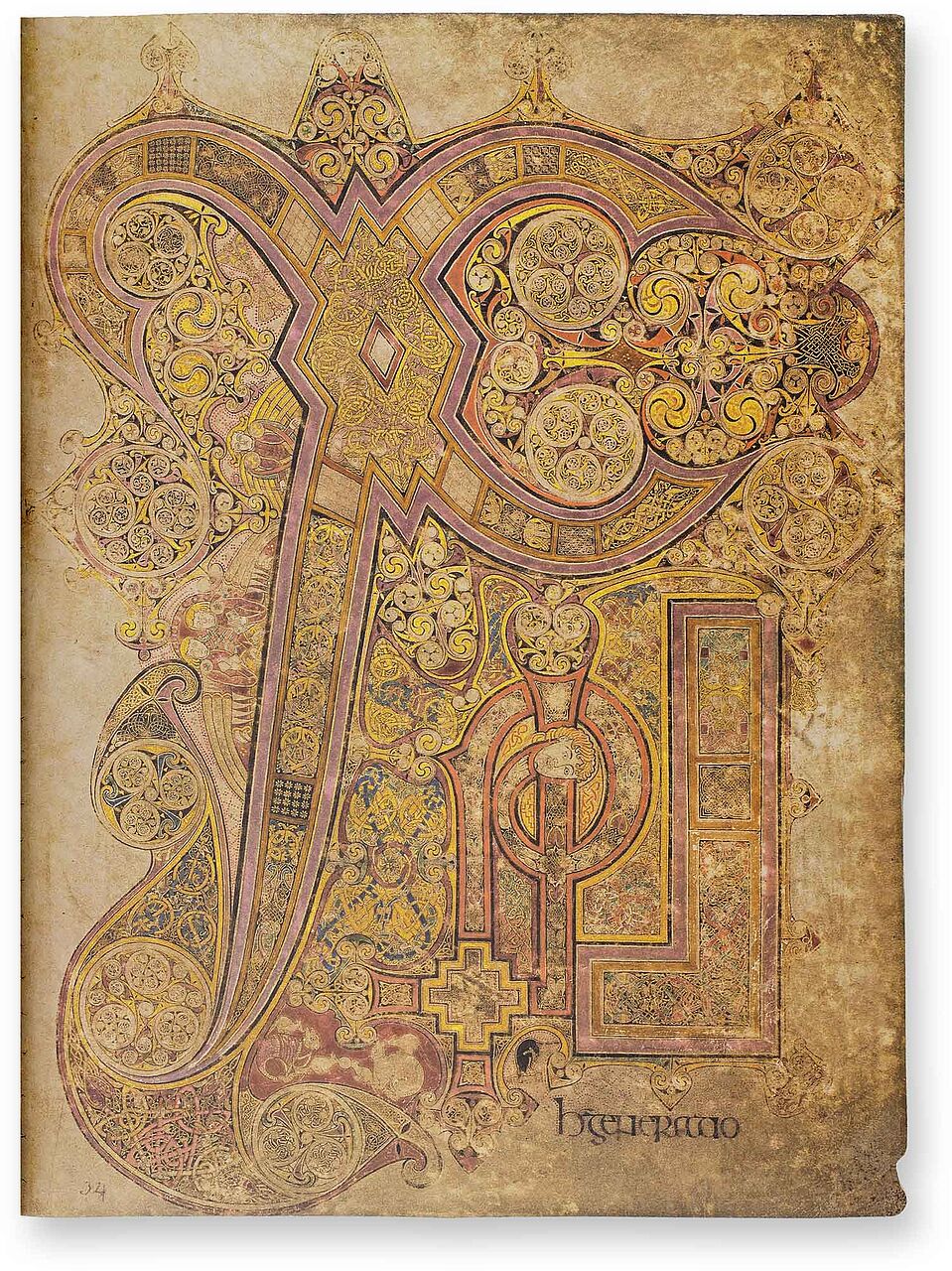
Book of Kells
Chi Rho Monogram
Elaborate decorative initials are the most iconic and influential feature of Insular Illumination, and the specimen at hand is arguably the most splendid example thereof. This Chi Ro monogram, used to abbreviate the word Christ, marks the beginning of the Life of Christ at Matthew 1:18. The so-called labarum was an important Christian symbol first used as a battle standard by Emperor Constantine.
This image is distinguished by the density of its seemingly infinite yet carefully designed patterns consisting of interlace, spirals, and knots. Figures imbedded in the composition range from angels to mice eating communion wafers. Yellow and red ochre, indigo, green copper, and even lapis lazuli make up the wonderful color palette of this composition.

